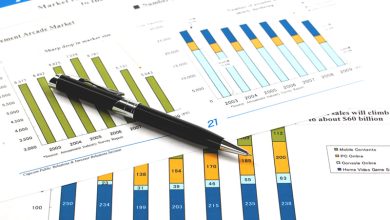
China Continues Exporting Disinflation, Reports Reuters
A look at the day ahead in European and global markets from Wayne Cole
It’s been a challenging day for Asia, reflecting the aftermath of last week’s payroll data fallout on Wall Street. The markets have seen a decline of 1.7%, adding to last week’s nearly 6% decrease.
In contrast, European markets have managed to recover from earlier losses, with a 0.3% uptick in trading. European equity futures are showing modest signs of improvement ahead of what is expected to be a rate cut by the European Central Bank this Thursday. U.S. Treasury yields have improved from their lows, and the dollar has strengthened against the yen.
The mood has been dampened by disappointing Chinese inflation data, with producer prices dropping 1.8%, worse than the anticipated 1.4% decline. The Consumer Price Index (CPI) saw a modest annual rise of 0.6% in August, largely driven by food prices, while goods prices increased only 0.2%.
These developments suggest ongoing global disinflation but do not indicate a significant recovery in domestic demand, leading to a 1.3% decline in Chinese blue-chip stocks.
On Wednesday, the U.S. CPI report for August will be released, with expectations for a slowdown to 2.6%—the lowest since March 2021 and a substantial drop from the peak of 9.1%. Predictions for the figure range from 2.4% to 2.6%, hinting at potential downside risk.
A weaker-than-expected reading could heighten calls for the Federal Reserve to consider a 50 basis point cut in their upcoming meeting, although futures markets currently predict a 31% chance for such a move. A 25 basis point cut is fully priced in, with an implied cut of 112 basis points before Christmas.
Speeches from Fed officials on Friday indicated hesitance towards a significant cut, with Governor Christopher Waller noting that he would only support immediate easing if subsequent data indicated labor market weakness. A lack of major employment data is expected prior to September 18.
The August unemployment rate in the U.S. stood at 4.2%, with job growth at 142,000. While these figures don’t signal a recession, the previous two months were revised down, leading markets to speculate that August may also see adjustments. The three-month job growth average has slowed to 116,000, short of the 200,000 necessary to keep up with labor force expansion without increasing the unemployment rate.
An additional concern for the Fed is that their meeting on November 7 comes just two days following the U.S. presidential election, leaving uncertainty about the election outcome. Determining whether to implement a 50 basis point cut in such a politically charged atmosphere could prove challenging.
This context highlights the importance of the upcoming debate between Harris and Trump on Tuesday evening.
Key developments that could influence markets include:
– The Euro Zone Sentix Index for September
– A discussion with ECB Board Member Elizabeth McCaul in New York
(Report by Wayne Cole; Edited by Edmund Klamann)
 GOOGL
GOOGL  META
META 


